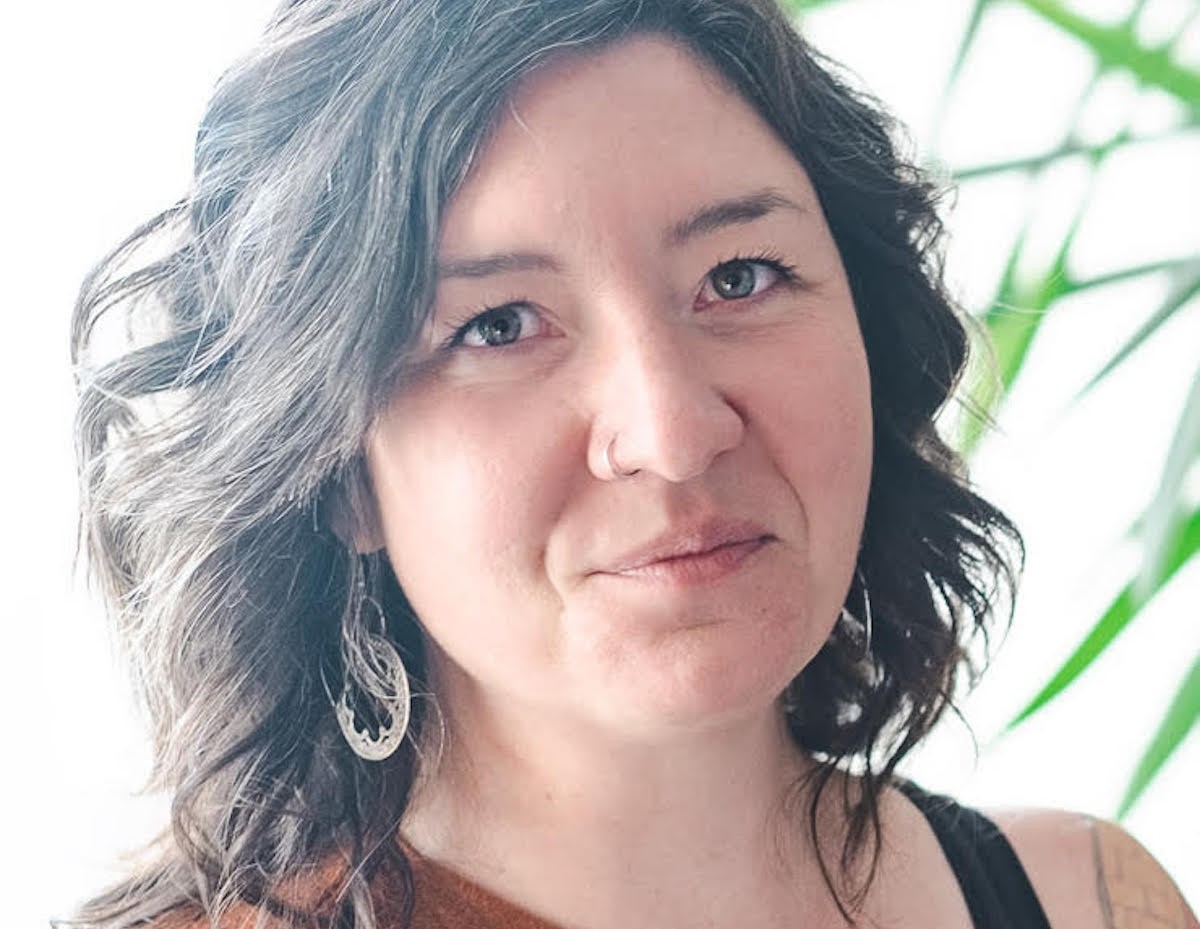
Dr. Molly Henry
Biography
Dr. Henry received her PhD in Experimental Psychology from Bowling Green State University. She then completed postdocs at the Max Planck Institute for Human Cognitive and Brain Sciences and Western University. In 2019, she started the Max Planck Research Group “Neural and Environmental Rhythms” at the Max Planck Institute for Empirical Aesthetics. The Neural and Environmental Rhythms lab makes its debut at Ryerson University in July 2021.
Research in the Neural and Environmental Rhythms lab explores how synchrony between brain rhythms and environmental rhythms shapes our perception of the world. This research takes a dynamical-systems approach to understanding brain–environment synchrony, conceptualizing and modeling brain rhythms as being generated by neural oscillators (and testing that assumption along the way). The work combines individual-differences, experimental, and cross-sectional lifespan approaches, and makes use of psychophysics, electrophysiology (M/EEG), and modeling to move towards a more wholistic, mechanistic understanding of brain–environment synchrony and its role in auditory perception.
Selected Publications
Henry, M. J., Cook, P. F., de Reus, K., Nityananda, V., Rouse, A. A., & Kotz, S. A. (in press). An ecological approach to measuring synchronization abilities across the animal kingdom. Philosophical Transactions of the Royal Society B.
Keitel, C., Obleser, J., Jessen, S., & Henry, M. J. (2021). Frequency-specific effects in the infant EEG do not require entrained neural oscillations. Psychological Science. Article first published online: May 12, 2021
Wilsch, A., Henry, M. J., Herrmann, B., Herrmann, C. S. & Obleser, J. (2018). Temporal expectation modulates the cortical dynamics of short-term memory. The Journal of Neuroscience, 38, 7428–7439.
Henry, M. J., Herrmann, B., Kunke, D., & Obleser, J. (2017). Aging affects the balance of neural entrainment and top-down neural modulation in the listening brain. Nature Communications, 8, doi:10.1038/ncomms15801.
Henry, M. J., Herrmann, B., & Grahn, J. A. (2017). What can we learn about beat perception by comparing brain signals and stimulus envelopes? PLOS One, 12, e0172454
Obleser, J.*, Henry, M. J.*, & Lakatos, P.* (2017). What do we talk about when we talk about rhythm? PLOS Biology, 15, e2002794
Henry, M. J., Herrmann, B., & Obleser, J. (2016). Neural microstates govern perception of auditory input without rhythmic structure. The Journal of Neuroscience, 36, 860–871.
Henry, M. J., Herrmann, B., & Obleser, J. (2015). Selective attention to temporal features on nested time scales. Cerebral Cortex, 25, 450–459
Henry, M. J., Herrmann, B., & Obleser, J. (2014). Entrained neural oscillations in multiple frequency bands comodulate behavior. Proceedings of the National Academy of Sciences, USA, 111(41), 14935–14940.
Henry, M. J. & Herrmann, B. (2014). Low-frequency neural oscillations support dynamic attending in temporal context. Timing and Time Perception, 2, 62–86.
Henry, M. J. & Obleser, J. (2013). Dissociable neural response signatures for slow amplitude and frequency modulation in human auditory cortex. PLOS One, 8(10), e78758.
Henry, M. J. & McAuley, J. D. (2013). Perceptual distortions in pitch and time reveal active prediction and support for an auditory pitch-motion hypothesis. PLOS One, 8(8), e70646.
Henry, M. J. & McAuley, J. D. (2013). Failure to apply signal detection theory to the Montreal Battery of Evaluation of Amusia may misdiagnose amusia. Music Perception, 30(5), 480–496.
Henry, M. J. & Obleser, J. (2012). Frequency modulation entrains slow neural oscillations and optimizes human listening behavior. Proceedings of the National Academy of Sciences USA, 109(49), 20095–20100.
Henry, M. J.* & Herrmann, B.* (2012). A precluding role of low-frequency oscillations for auditory perception in a continuous processing mode (Journal Club). The Journal of Neuroscience, 32(49), 17525–17527.